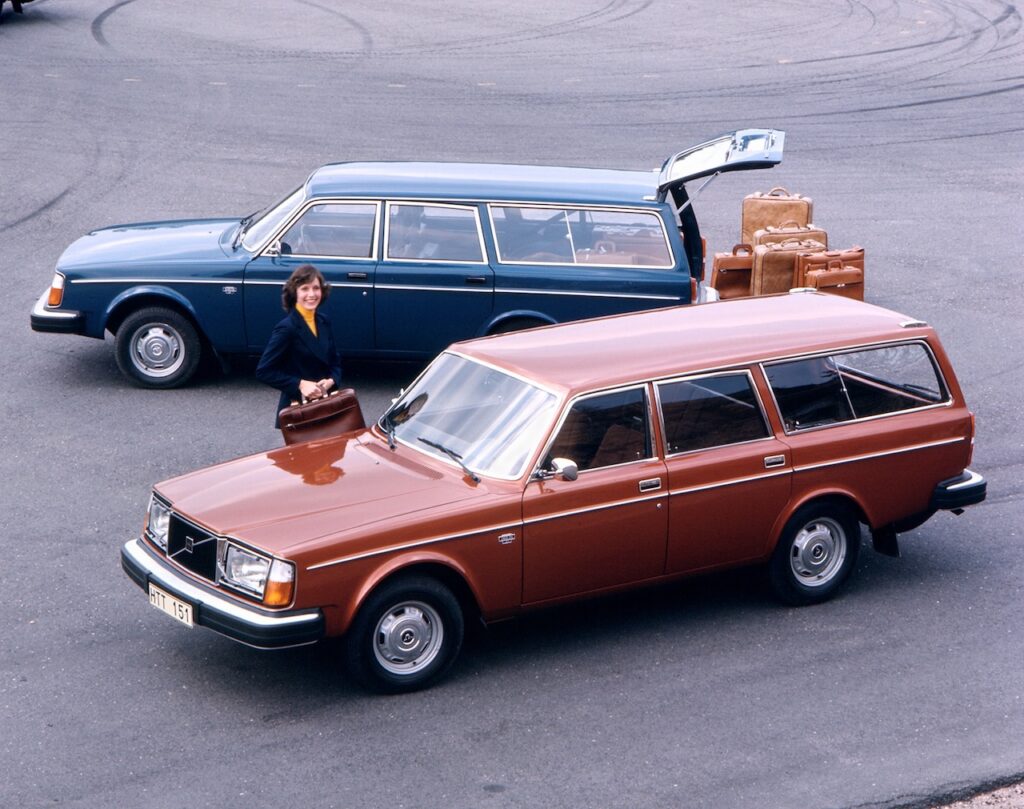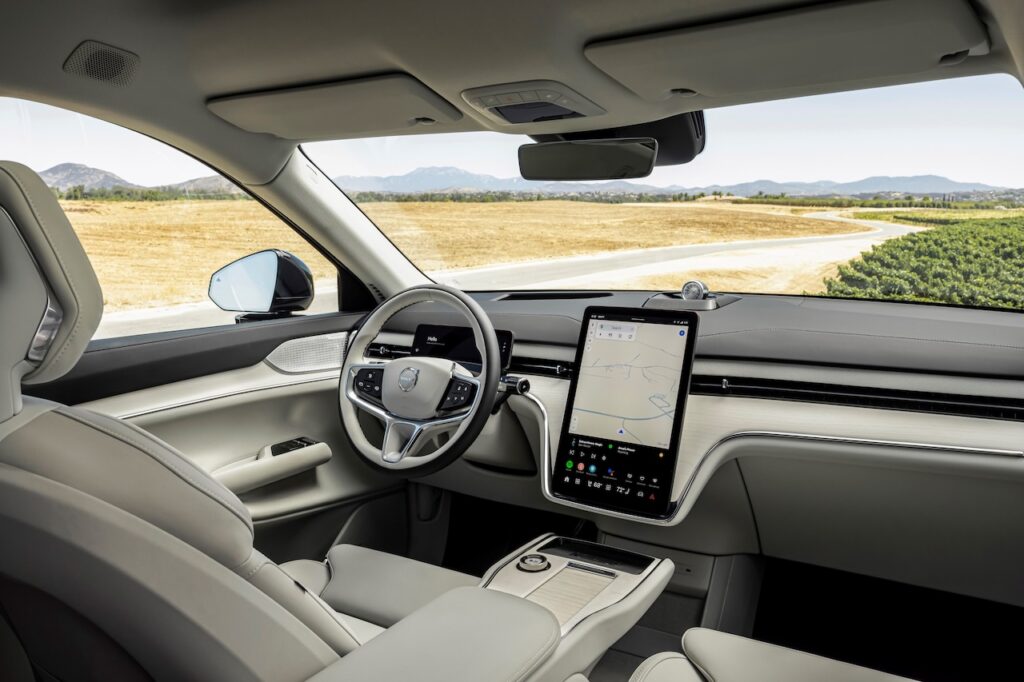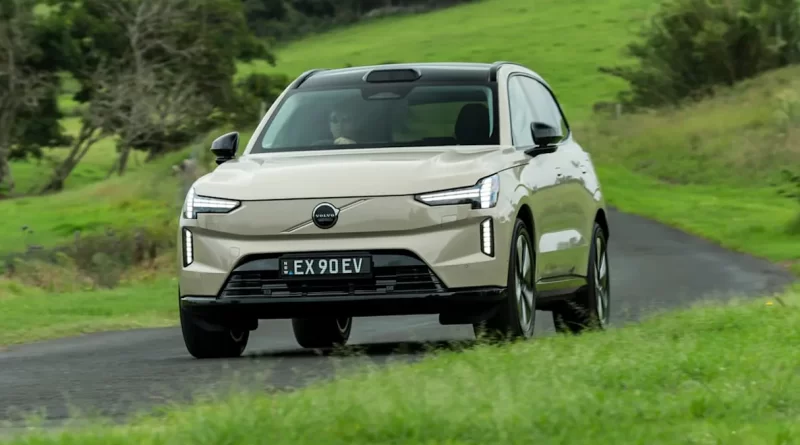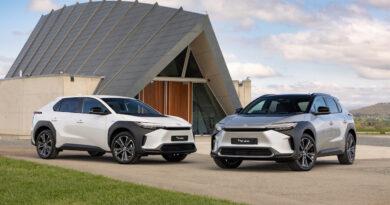Estate of shock: Driving a Volvo not as bad as feared | Opinion
This is going to hurt your brain, but try it with me anyway. Imagine a world in which EVs were the dominant form of transport. It could have gone this way, in theory, engineers were offering them up in the 1890s.
Then, some clownish looking South African called Hewrong Moosk brought to market a car with a combustion engine and attempted to explain its advantages.
Rather than a simple system with around 20 moving parts, his ICE vehicle would use more than 2000 and involve creating small, controlled explosions inside a hulking metal box, which would be far less efficient at turning energy into motion and also require a gearbox, filled with oil, to maximise torque output.
READ MORE: Swede dreams: Volvo EX60 EV firms up for an early 2026 arrival. Stylish mid-size SUV teased again in build up to Porsche Macan rival’s debut
READ MORE: Updated Volvo XC60 price and specs: Popular electrified SUV refreshed for extended battle with the BMW X3 and Mercedes GLC
READ MORE: 2025 Volvo EX30 Twin Performance Ultra Review: The fastest production Volvo ever comes with standard sincerity and a dash of devil
One can imagine a person whose grown up with EVs enquiring after the advantages, like whether this new conveyance is quieter, smells better or is cleaner. “And how do I fill it up with this flammable liquid you speak of, can I do it at home?”
“Hells no,” Hewrong would exclaim. “You can’t pump petrol at your house! Think of the fire danger!”
This kind of revisionist fantasy is amusing, like imagining a world in which the smartphone was never invented and our children were less struck dumb as a result, and it came to mind while I was driving the modern, fully electrified version of the Volvo 240 Estate that haunted my teenage years – the large and largely attractive EX90 – and wondering whether it was, indeed, superior in every way.

Funnily enough, the first thing struck me about the old Volvo was how much less safe it was than this new one, which effectively does have eyes in the back of its head, and everywhere else as well (it took just under three hours for the guy from Volvo to talk me through its active and passive systems).
Our old Estate was a seven-seater, too, but its extra two seats popped up in the rear, faced backward and felt about as comfortable and well constructed as strapping an old ironing board to your rear end.
I mean, I’m old enough to remember lying down across the back seat to sleep on a long drive, so I shouldn’t be shocked, but honestyl, some of the stuff we used to let each other get away with is staggering (you won’t believe this, but adults used to be able to drink full-strength beer at cricket games).
The theory that cars have gotten bigger over the years makes some sense, but when you look at the amount of growth it would suggest we’re an entire nation of Hemsworths, or Clive Palmers perhaps.
At 5037mm (vs 4782mm) in length, the EX90 dwarfs my old Volvo. It’s also almost 30cm wider and taller than what was, at the time, a giant slab of cheesy old person smell on the road.
Speaking of slabs, however, there’s no denying that the electric Volvo of the modern world has performed something of a design miracle, taking greatly from the cues of the company’s classic Estates, but somehow shaving off all the old boxiness to produce something that looks pretty darn attractive, despite its hulking size.

The quality of the interior, and the fact that much of it is made out of repurposed driftwood and recycled plastic bottles, would have befuddled and baffled the younger me who spent far too much time suffering social death in that old 240, while the new Bose stereo system literally would have made me cry with its beauty.
What used to make us all cry with that old Volvo was how unreliable it was, and I was the only member of the family who didn’t mind catching the bus while it was in the shop. As a fervent motorcyclist at the time, I hated being in, let alone driving a Volvo, because it felt like defying my own kind. Like a rugby league bogan pretending to cheer for the Wallabies, but worse.
The most common problems I remember were with the exhaust, which an engineer explained to us had been designed by a large team of idiots, who made it as complex as possible, meaning that one part or another was always wearing out.
The new Volvo EX90 feels not only superior, but simpler. I remember the old bus had a manual gearbox, with a weird push-button overdrive on the shifter, but I can’t recall any pleasant memories of using it, because it was a horrible shitbox to drive in any fashion.
As you can imagine, those memories led me to approach the EX90 with dread terror, so it has been a revelation – akin to getting you head around an EV-first universe – to discover that I don’t hate it, and it’s actually pretty effortless and smooth to drive.
In price terms, of course, a car like this would never have been in my family’s reach, not even second-hand like the 240 was, and at $124,990 it does sound like a lot of money. But when you’re in it, or hauling a lot of people with it, it does feel like a lot of car.
Hewrong wouldn’t be impressed, but I am.




